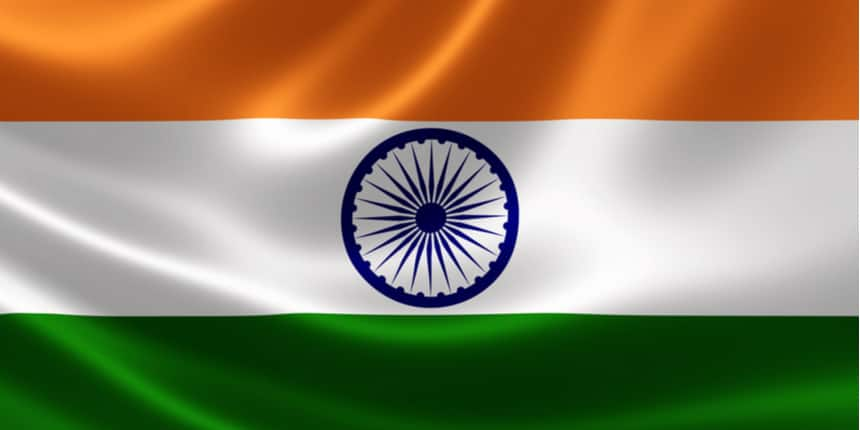
5 Things Students Should Know About Indian National Flag, Anthem
NDTV
India is celebrating its 75th Independence Day on August 15, 2021. Here are some facts about the Indian national anthem and the national flag that students can use in their independence day speech, essay, or quiz.
The Indian national flag, as we know it today, came into existence after a series of developments and modifications. Also known as the Tricolor or Tiranga, the flag was an integral part of the Indian freedom movement. Jana Gana Mana, the national anthem of India, was also an important ally of the freedom fighters. Composed by Ravindranath Tagore, Jana Gana Mana represents the unity of a diverse India. The National Flag of India, as we know it today, is a horizontal, rectangular tricolor of saffron, white and green with the Ashoka Chakra in the middle. However, the earliest version of Indian National Flag hoisted on August 7, 1906, had stripes of green, yellow, and red. The first version also had religious symbols, eight roses, and Vande Mataram inscribed on it. Madam Bhikaji Cama hoisted the second version of the flag at the Socialist International Summit in Stuttgart, Germany. The third version had red and green stripes with the Union Jack – the national flag of the United Kingdom – on the top left and a crescent on the top right and seven stars in the form of the Saptrishi constellation. It was used by Bal Gangadhar Tilak in 1917. Two more versions of the flag were designed in 1921. The first had a white stripe at the top, a green stripe in the middle, and a red stripe at the bottom. White represented religious minorities, green represented Muslims, and red represented Hindus. There was also a spinning wheel in the center. This flag was according to the vision of Mahatma Gandhi. Another version of the flag, which was adopted by the Congress committee, had saffron at the top, white in the middle, and green at the bottom, with a spinning wheel in the middle of the white stripe. Rabindranath Tagore originally composed Jana Gana Mana, India’s national anthem, in Bengali as Bharoto Bhagyo Bidhata. On December 27, 1911, it was first publicly sung at the Calcutta session of the Indian National Congress. Apart from the national anthem of India, Rabindranath Tagore also wrote the national anthem of Bangladesh – Amar Sonar Bangla. Jana Gana Mana was first termed as the “National Anthem” by Netaji Subhas Chandra Bose, during the meeting of the German-Indian Society on September 11, 1942. Jana Gana Mana was used in the 1945 film "Hamrahi", Before it officially became the national anthem of India in 1950. India is celebrating its 75th Independence Day on August 15, 2021. Here are some facts about the Indian national anthem and the national flag that students can use in their independence day speech, essay, or quiz.More Related News
